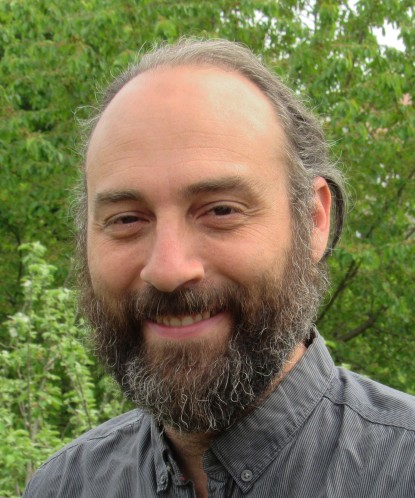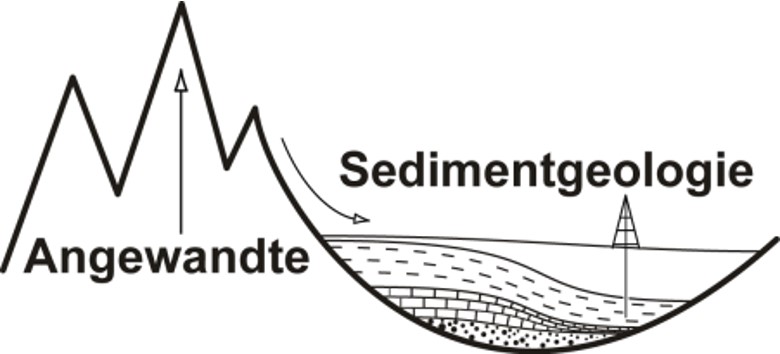The rhaetian bonebed of SW-Germany has been repeatedly palaeontologically researched for over 150 years. The cause of this great interest lies in the abundance of vertebrate fossils in the horizon, which is only a few cm thick. However, both the exact age of the horizon and its genesis have not yet been clarified. Lithostratigraphic investigations of sections at over 100 outcrops in southern Germany and adjacent areas are evaluated and combined with data on palynology, faunal association, biostratigraphy and vertebrate taphonomy in order to understand the genesis of vertebrate sands as important Konzentratlagerstätten.

Dipl. Geol. Philipe Havlik
Contact
philipe.havlik@senckenberg.de
work 069 - 75421224





